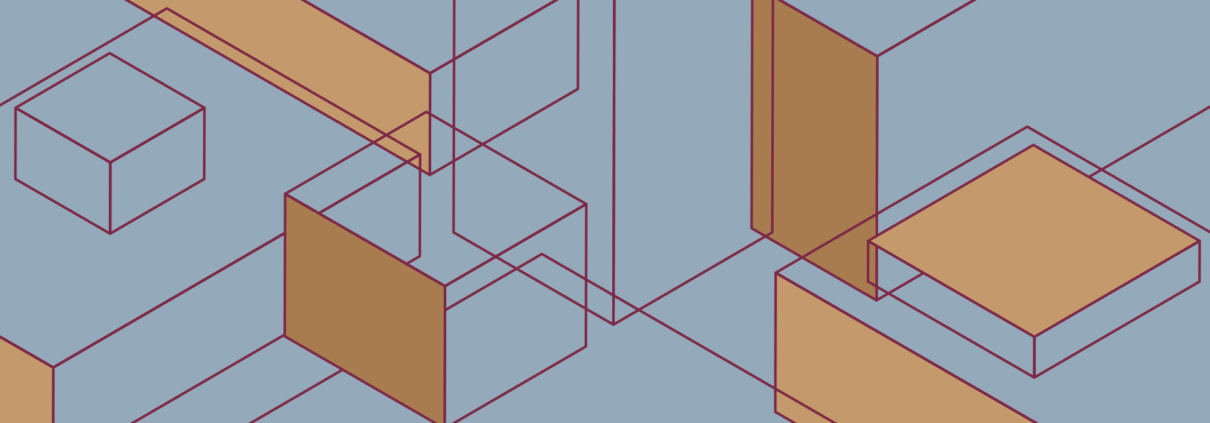Audio AR as Memory Palace
I have long thought of augmented reality as a direct relative (or at least a not-so-distant cousin) of the memory palace, but my ideas have only been vague high-level musings, so it was a real treat to read William Uricchio’s new essay on the history of AR in which, among much much more, he dives into this territory.
AUGMENTING REALITY: THE MARKERS, MEMORIES, AND MEANINGS BEHIND TODAY’S AR
The memory palace, like the larger palimpsest of habitations, pathways, and meanings that form our public buildings and cities, was designed as a walking space of inscription and recall, of erasure and forgetting, … and of reinscription. And the workings of the palace – the method of loci– bear centrally upon the logics of locative media.
William Uricchio, June 2019
For my audio AR work, I have always relied on the connection between physical location and audio content to sear the experience into listener’s memories. And since the currency of any artist is at least in part memorableness, this becomes a useful tool. There is something about audio on location – probably in no small part due to the freedom audio leaves your eyes – that has me creating inadvertent tiny memory palaces (memory shacks?) as I go about my days.
…augmentation can also offer a process of narrative discovery, as the user finds new associations and coherence through newly sequenced encounters with their own markers.
William Uricchio, June 2019
Last summer, I was listening to the audiobook of Joshua Foer’s “Moonwalking with Einstein” (meta!) while chopping wood at the edge of my woods for many hours, and I am still always reminded of it when I walk by that same spot and look at the chopping block or see the axe. I’m not quite sure what it was that seemingly permanently attached that memory to that location for me – and neglected to do so for other memory/places – but it is in the very least a fascinating take on the potential power of audio AR. I can imagine learning or training methodologies that could take advantage of audio AR to reinforce certain desired behaviors by building memory palaces in a slightly less directed, but perhaps equally effective, way than the memory champions of the world, like Joshua Foer, do.
William’s essay contains many more insights and I highly encourage you to read the entire piece, but I will leave you with a few of my favorite quotes to ponder.
At a moment when terms such as ‘virtual reality,’ ‘mixed reality,’ and ‘augmented reality’ are being tossed around as much as marketing banter as aspiration, it may help to think more broadly and even historically about the endeavors underlying these claims…
Similar to the method of loci’s transformation of location through the addition of associations, ‘place,’ once situated, historicized, and laden with meaning, emerges as ‘space’; and the ‘map,’ once interpreted, contextualized, and larded with meaning, emerges as the ‘tour.’
…markers overlay the streets and doorways of the material world, providing a palimpsest of associations at once residual, well-rehearsed, and newly acquired, but always standing in relation to a historically accreted – and publicly endorsed and indeed, declared – narrative.
Technologies will come and go, but humans will continue to mark the world, read it, and find coherence – activities inherent in augmented reality.
And if you want even more on this topic, the bibliography is a nerd’s treasure trove!
Abstract
Humans have long ‘marked’ the world, cities included, augmenting their surroundings with traces of their experience. They have learned to read the signs inscribed on the world’s surface, whether in search of prey or precedent. And they have sorted out how to give those marks coherence, whether as narrative or insight. Publically deployed, discovery-based, or even personal, augmentation’s inherently dialogic character requires reality for its work. This essay considers today’s AR technologies in terms of these more deeply embedded practices of augmentation, particularly as they play out as interfaces in urban places. It explores underlying continuities between earlier augmentation practices and our own, suggests strategies that can usefully inform our deployment of AR technologies, and points to semiotic reciprocities that can help AR move from the gadget du jour to an ally in a profoundly human conversation.



